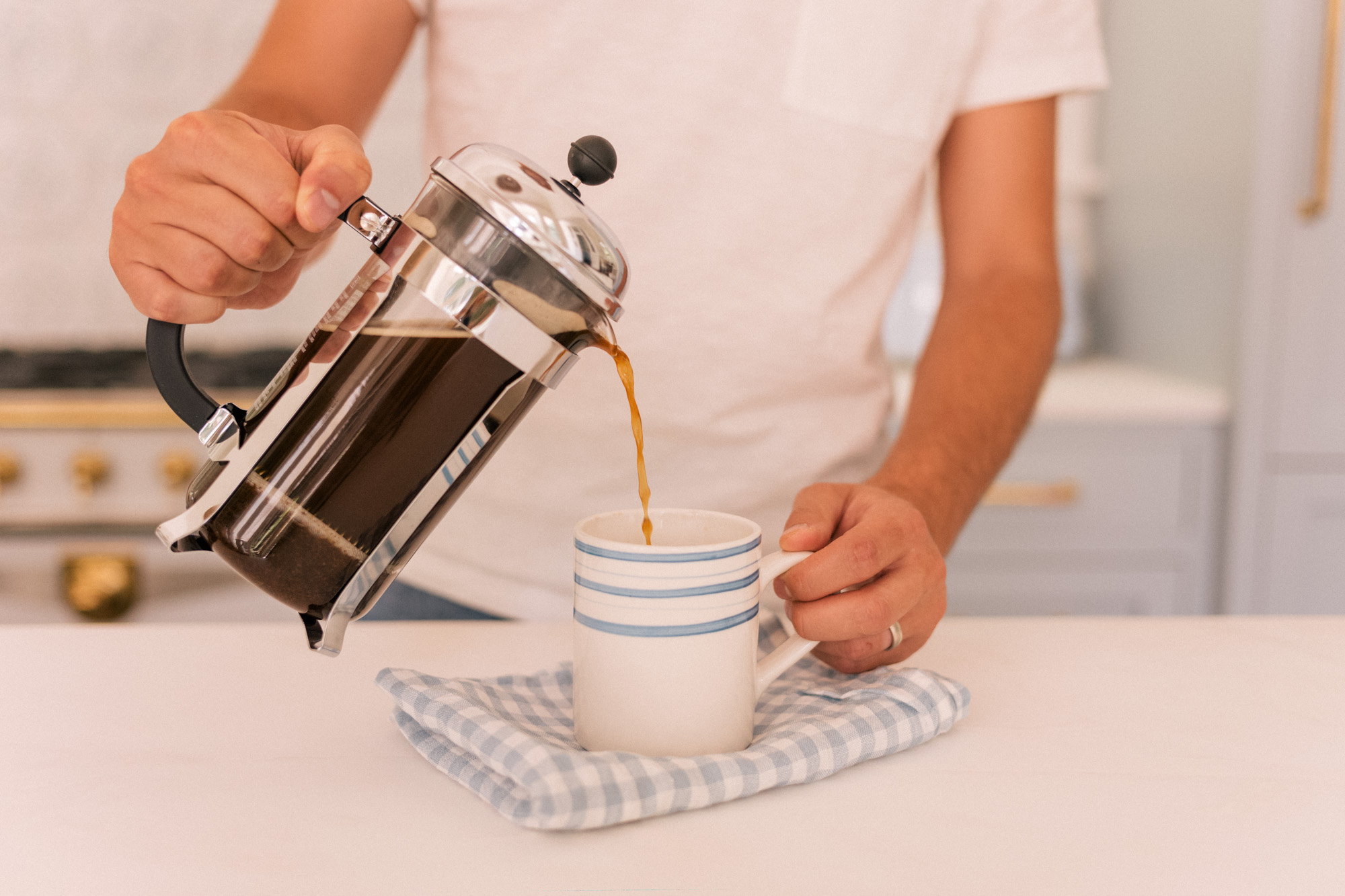
We love coffee over here at Gal Meets Glam and receive plenty of questions every time we post anything about it. During a recent planning session Thomas suggested sharing tips for making better coffee at home, most likely prompted by the cups we were quickly consuming. We became super excited about the idea of sharing Thomas’ tips. So now I’ll turn it over to T.
I tend to obsess over things and coffee is one of those subjects. While I could dive deep and share all of my tips, I’ll stick to the ones that can make the quickest and biggest difference so that you can make the best tasting coffee at home.
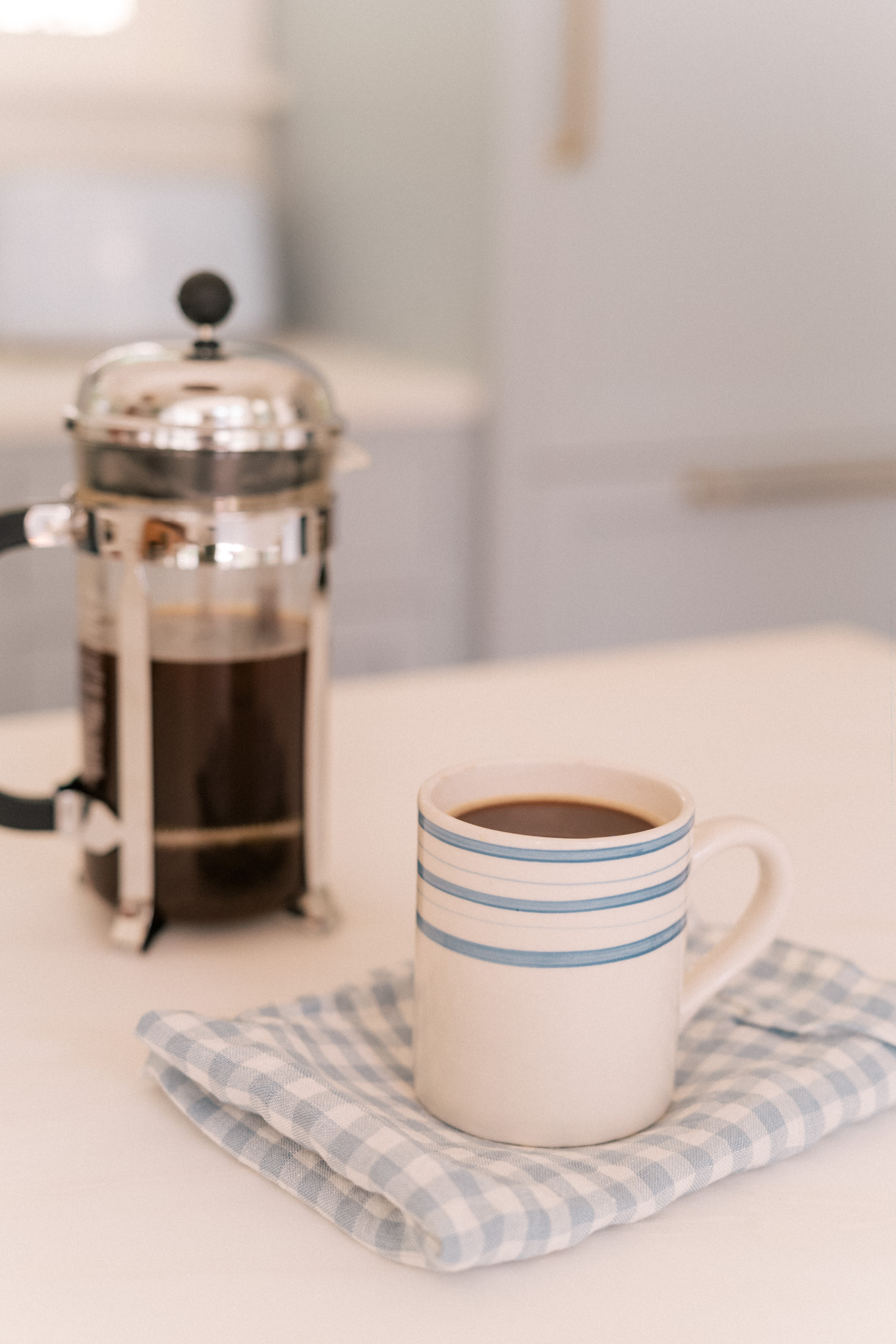
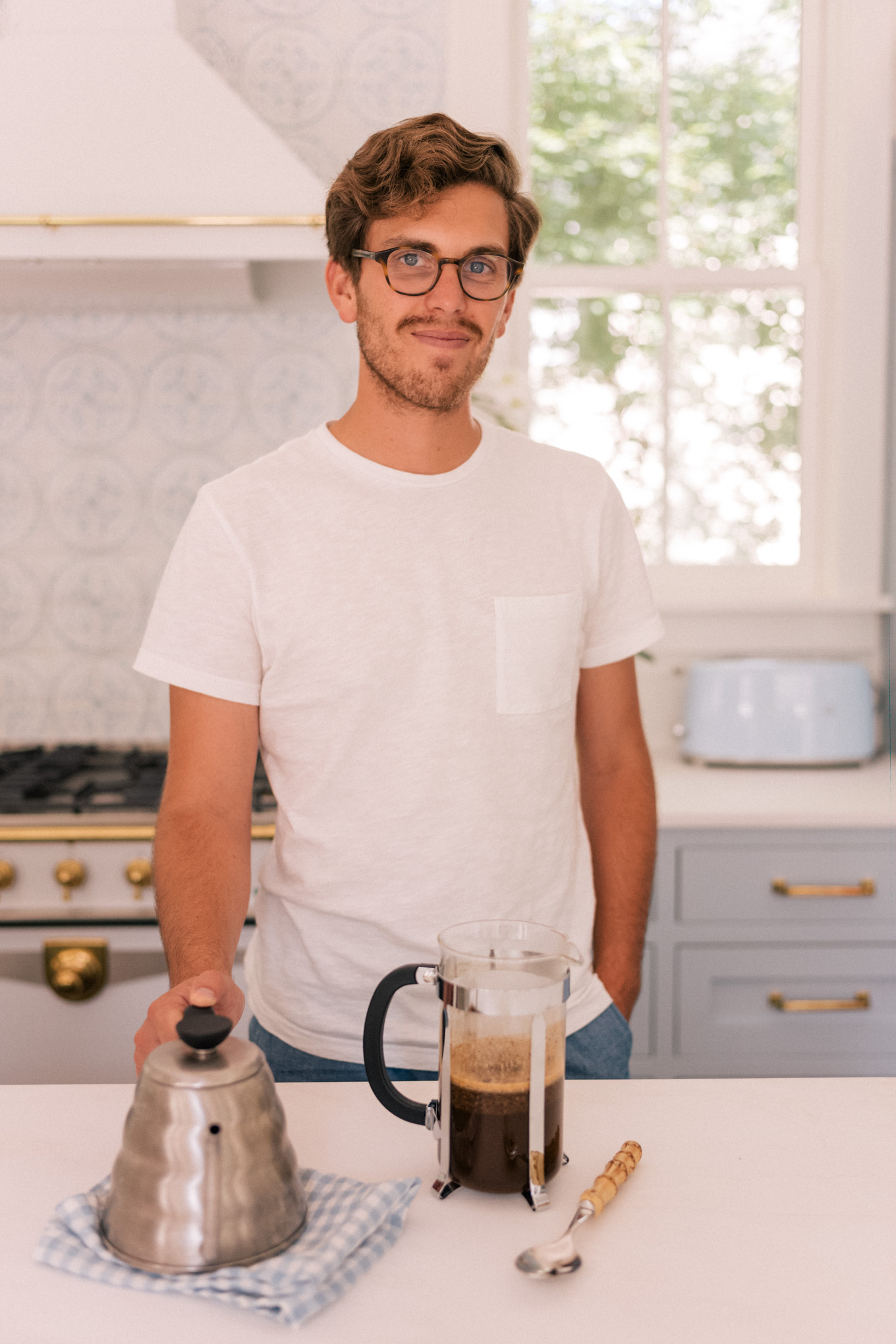
While I do believe that black coffee is an acquired taste, if you’re use to drinking bad coffee, then you might not know what great coffee actually tastes like to begin with. With great coffee, the subtle nuances of a particular batch really stand out, being more than just a pick me up. Here are my tips on how to brew the best batch:
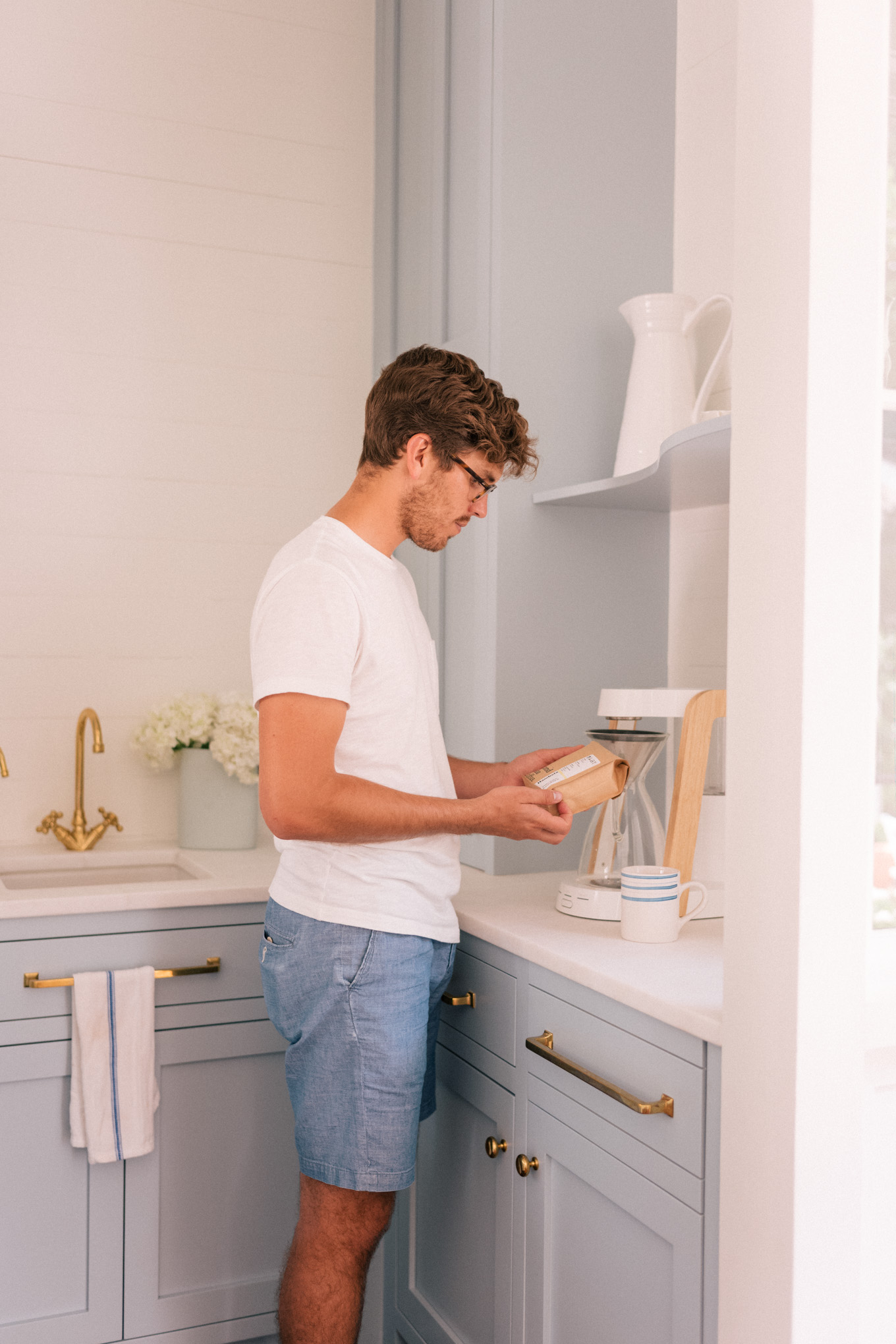
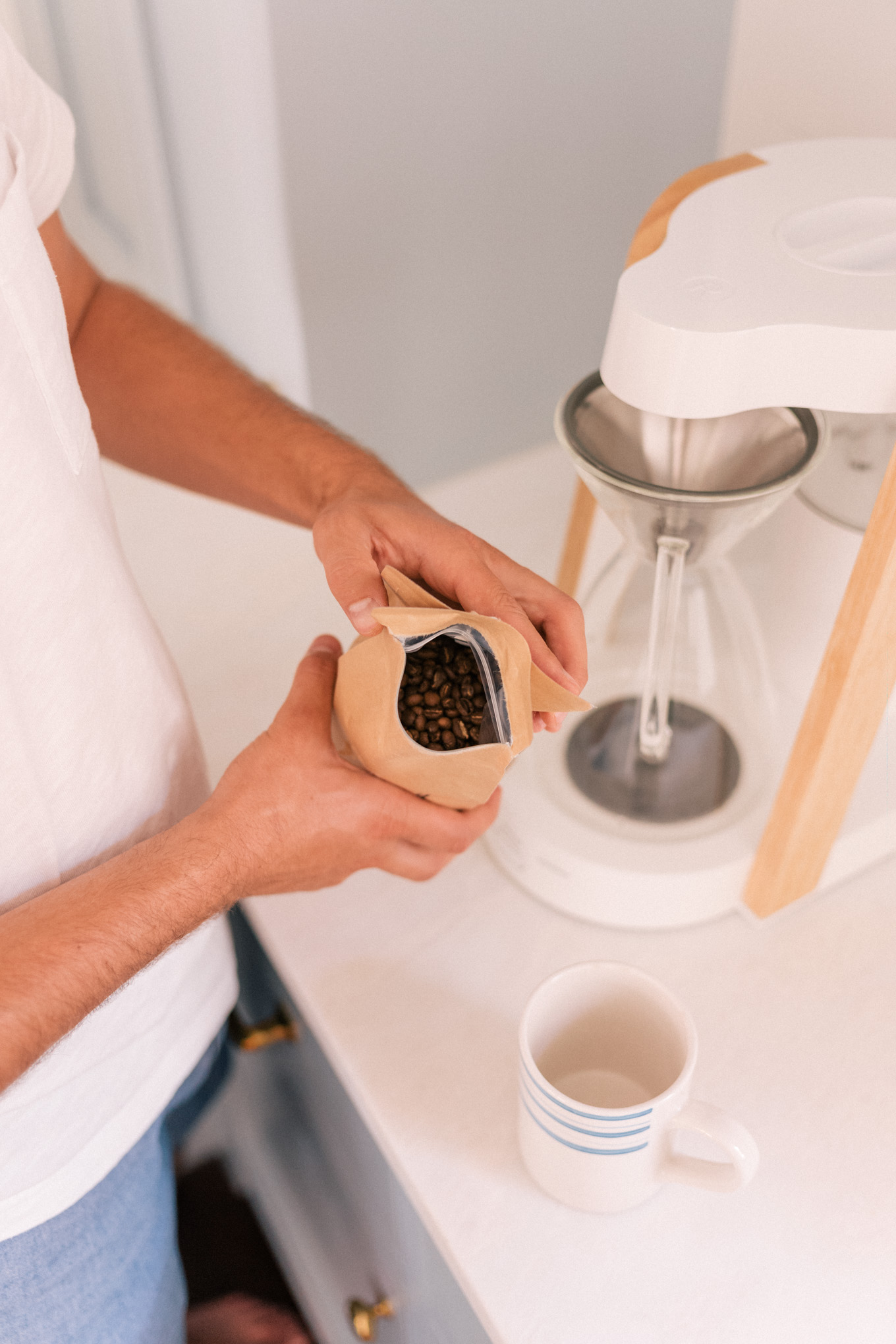
Always Buy Fresh Whole Coffee Beans
The #1 determining factor in making coffee at home vs. going out for a cup has to do with freshness of the coffee beans. I try not to go beyond two weeks after the roast date. The source of the beans is really important. I buy whole beans from my favorite coffee shop in Charleston, 2nd State (formerly Black Tap). I think it’s important to buy from a local shop that roasts their own coffee, as some packs in the supermarket can spend weeks on the shelf. If you feel intimidated when buying whole coffee beans, my tip is to look for any tasting notes that strike a chord with you. The tasting notes will typically be listed as recognizable flavors like Nutty, Dark Chocolate, Fruity, Floral and such.
Invest In A Good Coffee Grinder
My recommendation is that you spend at least $100 on a quality burr grinder which will ensure consistency with your coffee grinds. Make sure to grind your coffee beans as close to brew time as possible, RIGHT before you brew. Not hours before, not the night before or please, not days or weeks before. Reason being, ground beans oxidize faster than whole beans, losing their aromatics and flavor much quicker. Here are a few recommendations:
Store your fresh beans properly
I have to admit, I’ve been storing coffee beans incorrectly up until recently. Beans should not be stored in the refrigerator or freezer like I used to believe. Airtight containers are ok, but not optimal unless they have a method of purging the air that gets sealed in each time it is opened and closed. I recently got this storage vessel for my coffee. The adjustable lid pushes out air and then seals tight to lock out air. If you don’t want to invest in a dedicated storage vessel, coffee bags are the easiest and least expensive option. After each time they are opened, make sure to squeeze out as much air as possible and then seal the ziploc. After sealing, store in a cabinet.
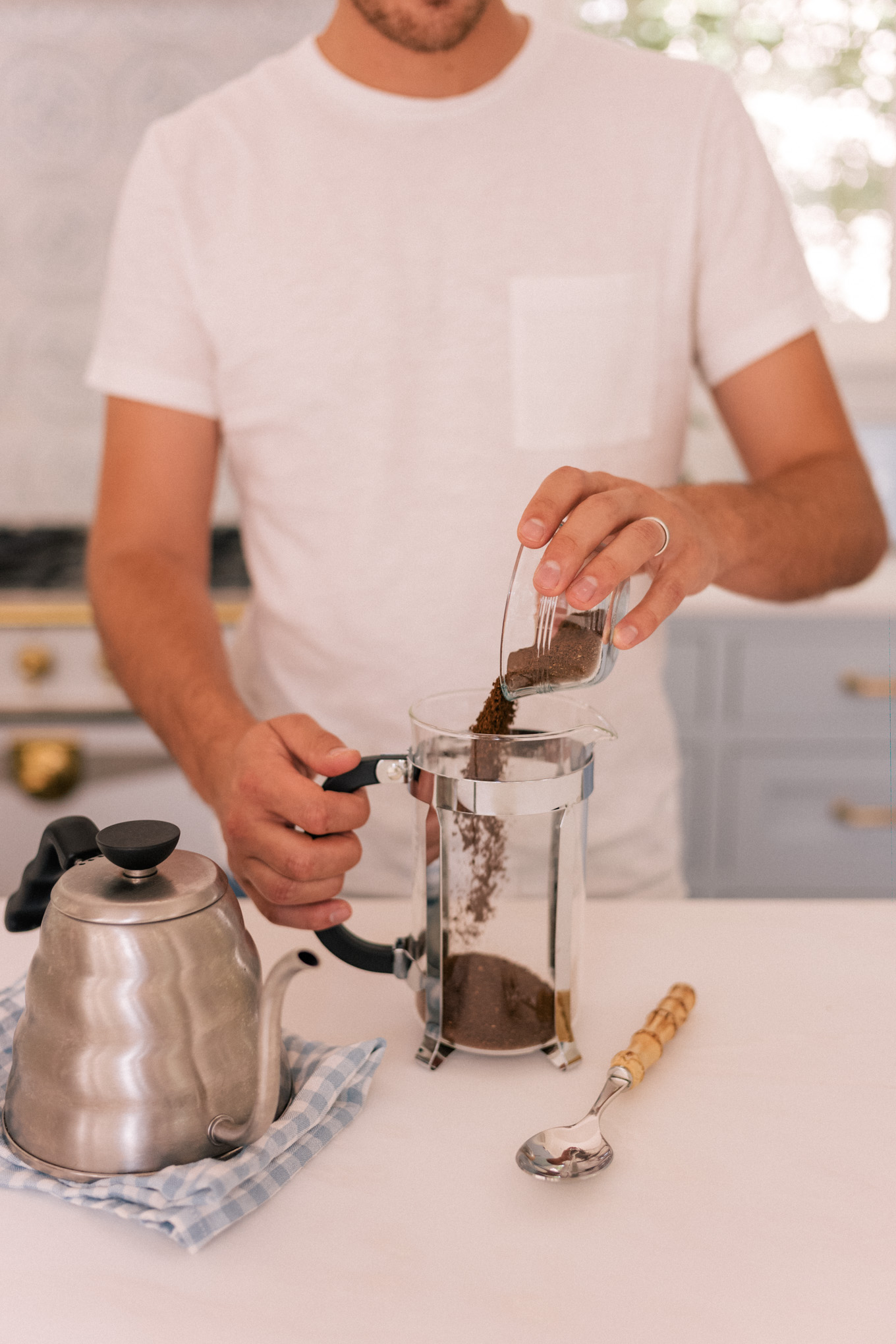
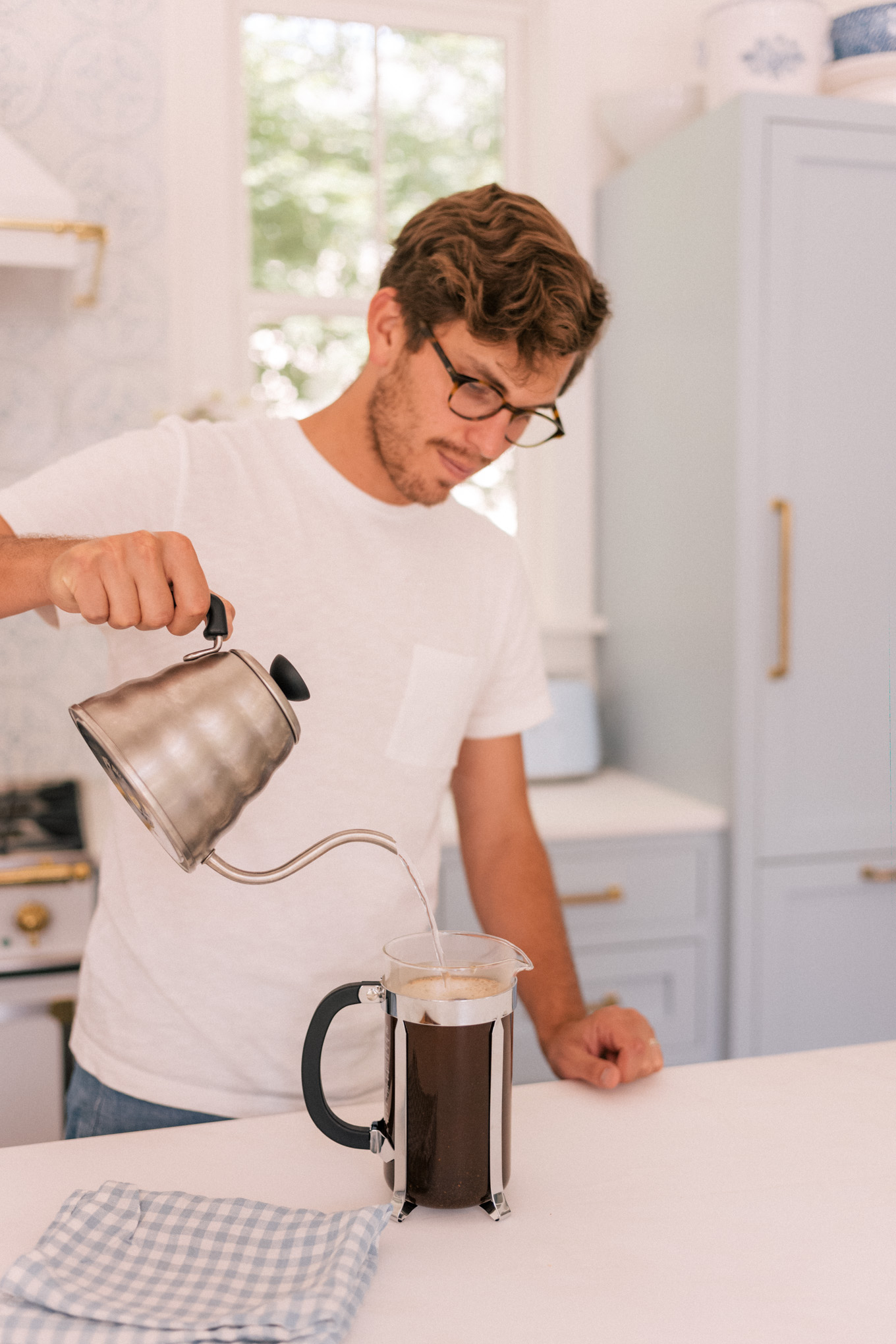
Make Sure To Measure
Just like in baking and cooking, making coffee should follow recipes. To get the best results and to experiment it’s very important to measure as much as possible. Measure your pre-ground beans with a scale. Here is a good scale. Measure and make notes on your grind size used. Measure water temperature. Use a stopwatch on your phone if necessary. Measuring matters for a consistent coffee.
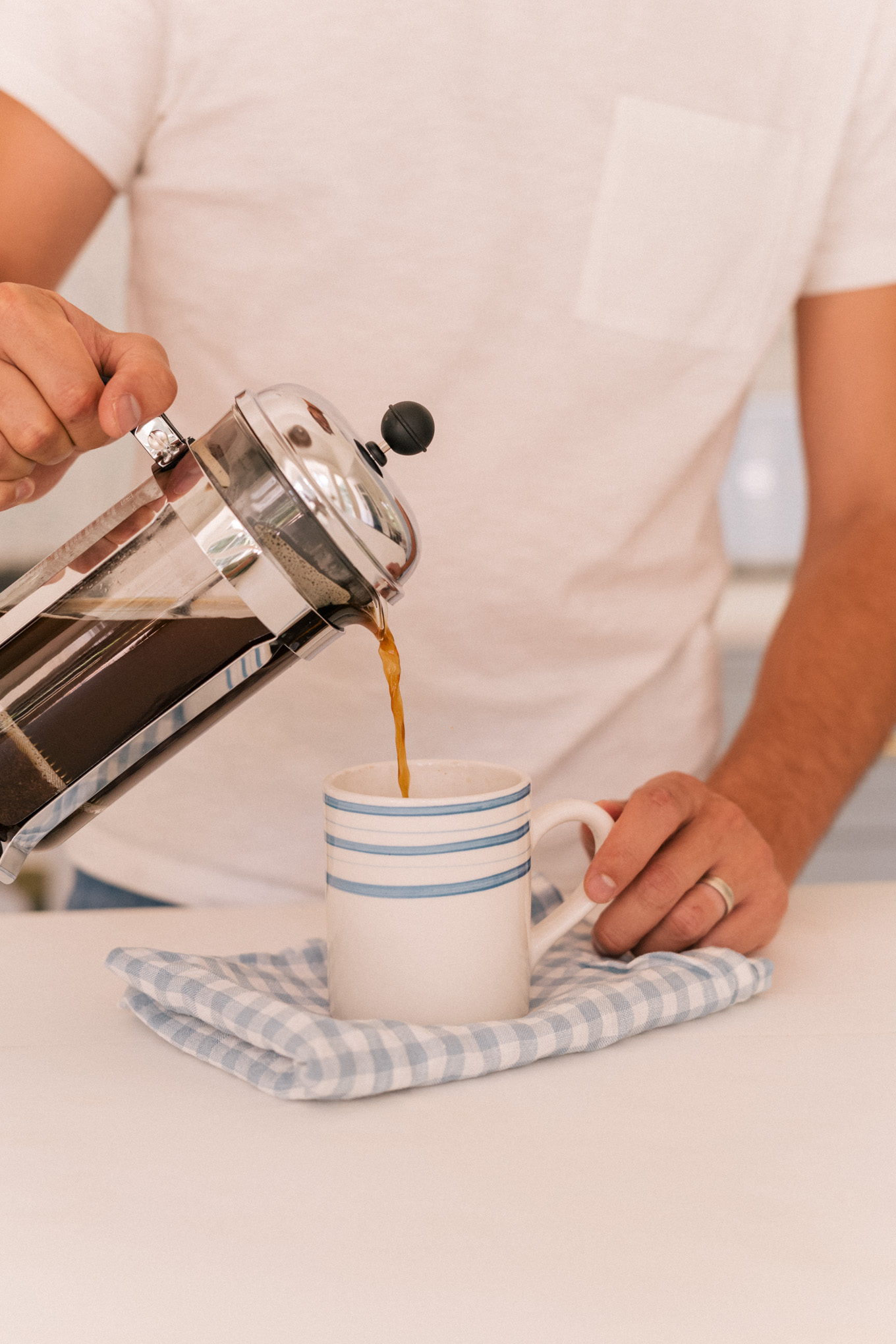
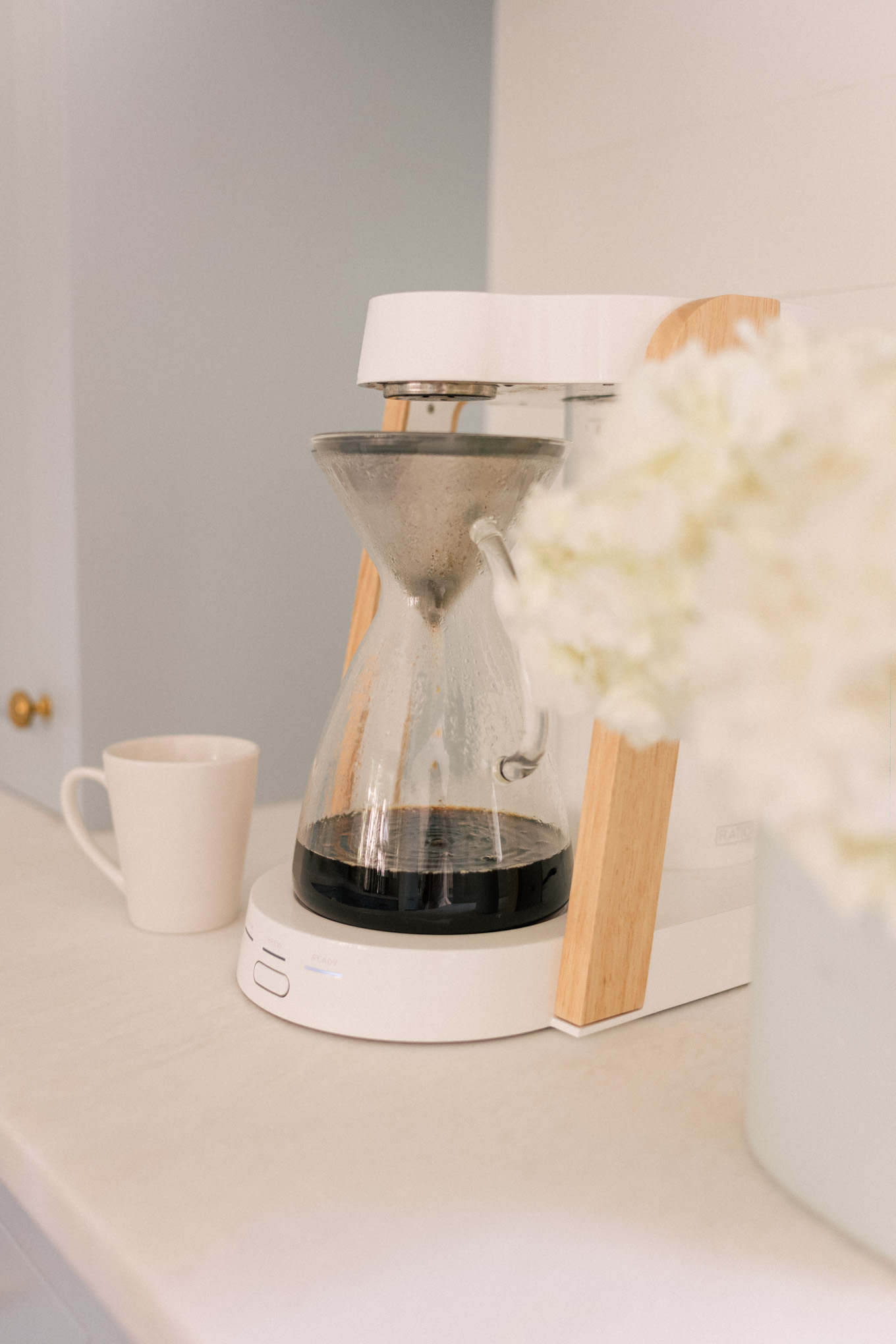
My Favorite at Home Brewing Methods and Machines
Pour Over – Pour over is definitely my favorite method for making great coffee at home. I began with a Kalita Wave system, which is all manual, and I ended up making a big mess in the kitchen. So we recently got the Ratio and we love it. It’s modern design looks amazing in our kitchen, it runs automatically once ground beans and filtered water are added, and it makes great coffee. If you are interested in an automatic pour over but the Ratio is out of your price range, this Chemex might work for you.
French Press – The French Press is maybe the easiest and lowest startup cost option for anyone wanting to get into making better coffee at home. You can’t go wrong with a Bodum French Press or the colorful Le Creuset French Press which are great for matching kitchen colors.
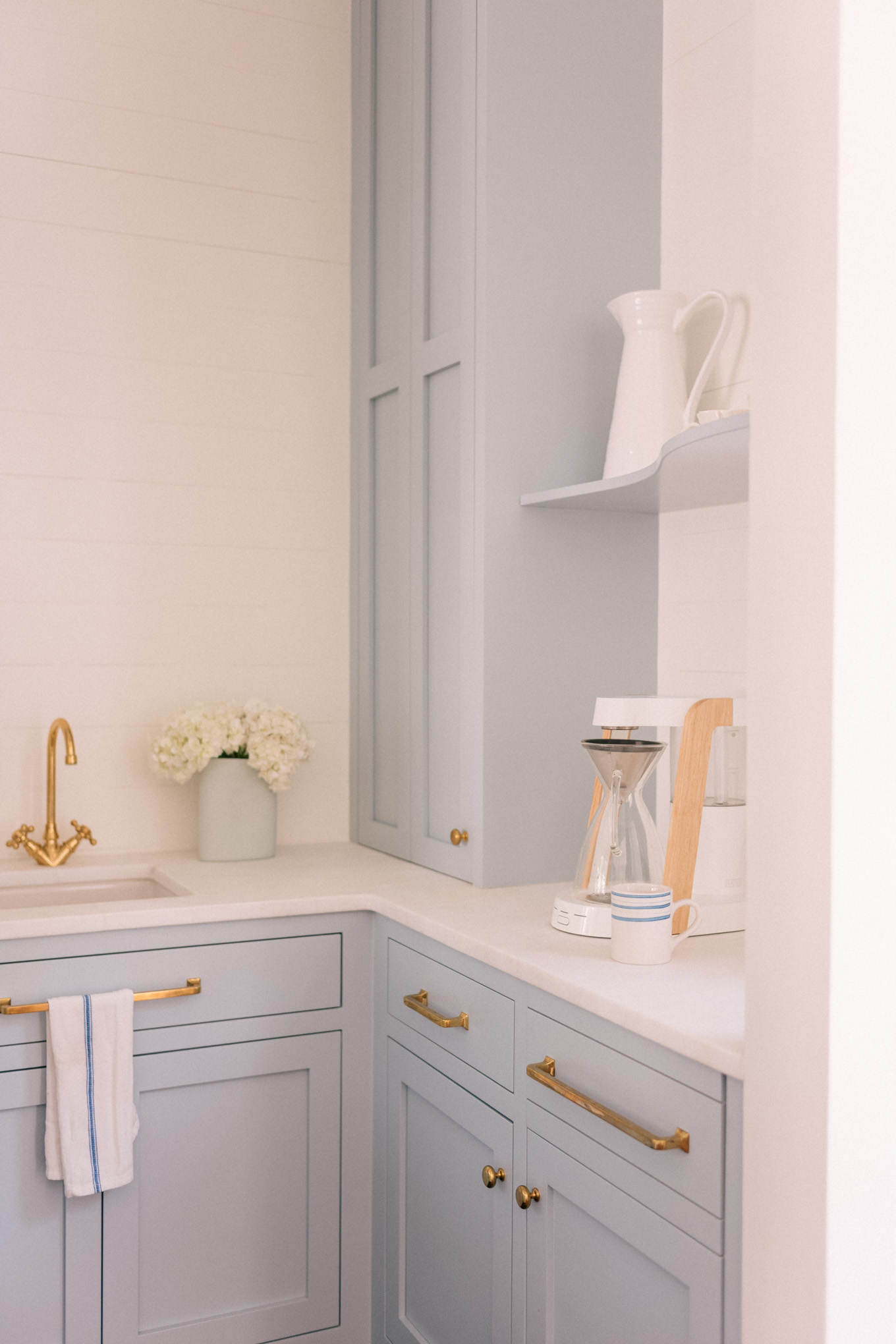
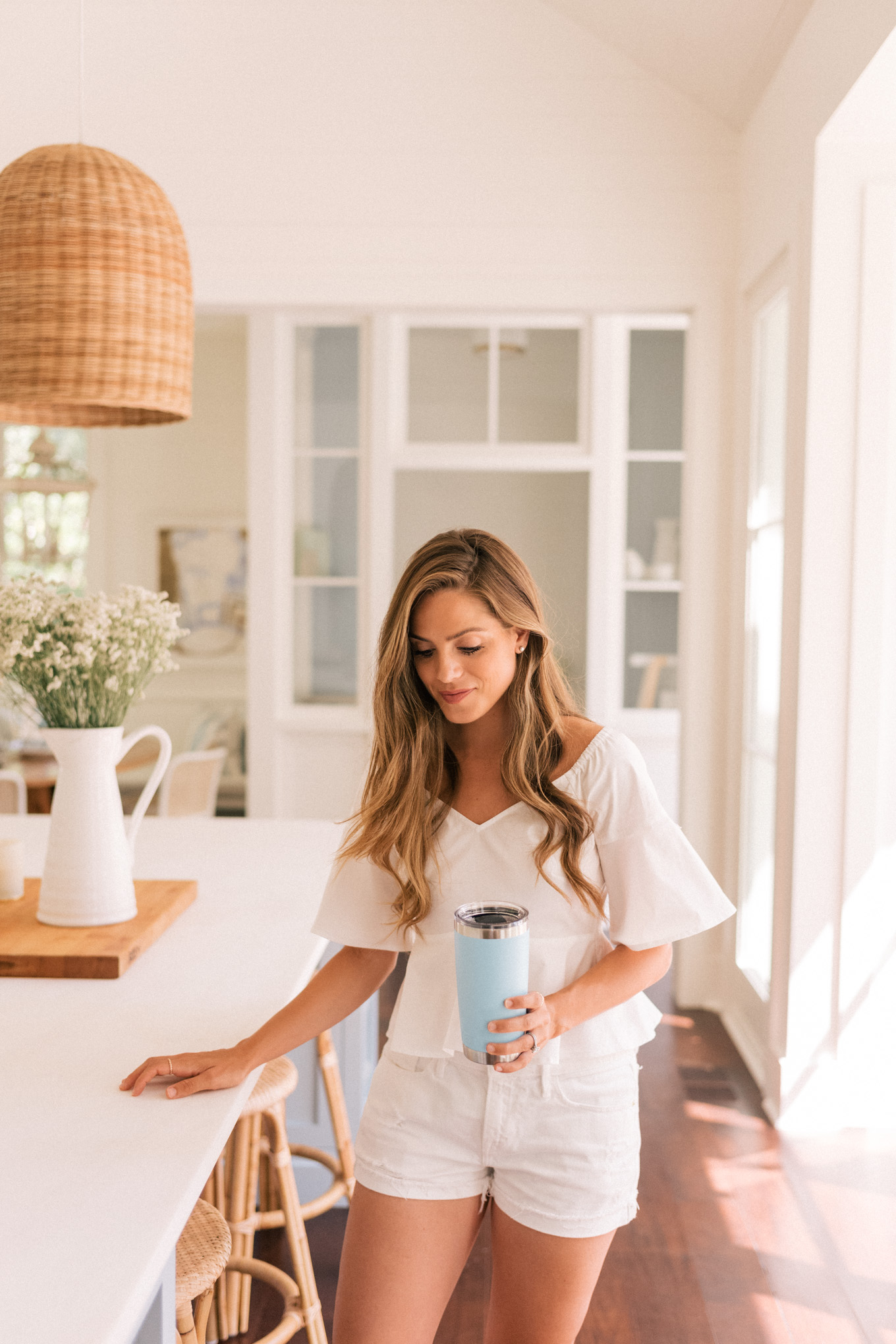
Final Notes:
I can’t tell you how many times I’ve spent 10-15 minutes making a great pot of coffee just to pour it in a mug and forget about it, only remembering after the coffee has turned cold. That’s why I always pour my coffee in a Yeti or Hydro Flask mug.
I could write a whole blogpost just on brewing techniques, but the Stumptown Coffee YouTube channel has done it for me.
